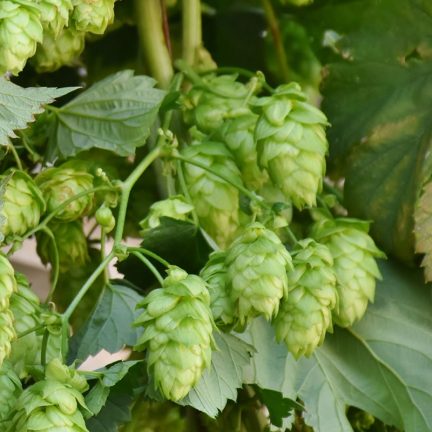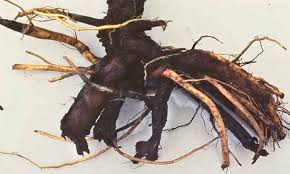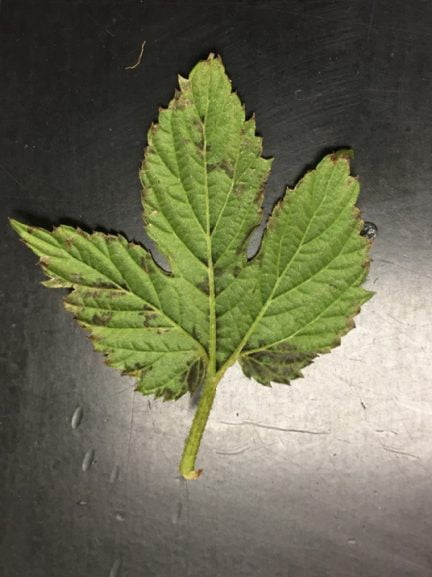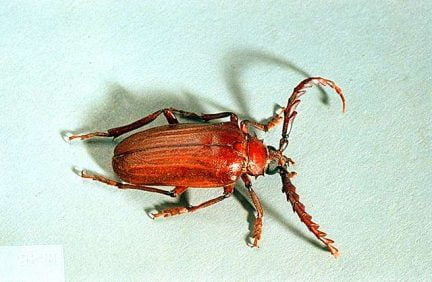Hops
Importance to Oregon
Hop farming has a long history in the state of Oregon. Oregon led the world in hop production in 1932, with a total of more than 34,000 acres of producing hop plants. Most of the hop farms in Oregon have been around for three to five generations. In today’s agricultural industry, Oregon is the second largest hop producing state in the United States. The hop industry in Oregon values at a total of $34 million. In Oregon, the Willamette Valley is where hops are planted. In the Willamette Valley, the soil is very healthy, the climate is moderate and there is plenty of rain that ensures a perfect environment for hops to grow.
History of Hops
Oregon has been a state the grows hops for almost two hundred years. By the year 1905, Oregon was one of the top hop producing states in the United States. The hop industry is a very labor intensive job and there were many people that moved to the Willamette Valley to find jobs in the hop industry. The increase of residents in the valley helped the small, already existing communities thrive.
Salem was one of the top hops producing region in the Unites States through the 1940s. The alcohol prohibition in the 1920s and the Great Depression negatively impacted the hops industry but the United States production was extremely successful during the period of time when Europe was at war.
Hop Varieties

Chinook
Chinook hops is a commercial variety that is easy for home gardeners to buy and grow. This hop variety needs minimal care and is fast growing. Chinook hops grows best in dry and hot climates. Chinook cones are medium sized and are dark yellow in color.

Cascade
Cascade hops grows to be about 20 feet tall and grows the best in full sun. This hop variety grows extremely quickly and is a dense growing plant. This plant can be used for blocking driveway borders and outdoor privacy screens.

Willamette
Willamette hops are very zone dependent. Before you plant Willamette hops, make sure they will grow well where you live. The cone size of Willamette hops is small to medium and they grow extremely quickly.
Harvesting
Hops grow on vines and they are cut off of the growing trellises to be harvested. A trailer drives through the hop field and catches all of the vines as they are cut off of the trellis. Each variety is harvested at different times and it takes an entire month of 24 hour shifts to get all of the hops harvested. Once they are all harvested the hop cones are separated from the leaves and stems. Wire “fingers” strip the leaves and vine away from the hops. Once the hops are separated they are moved by conveyor belts into drying rooms where forced air dries the hops and reduces the moisture. Once the hops are dried they are pressed into 200 pound bales and put on to trucks. The hops are then sent to a storage facility where they are tested for many things.
Pests and Diseases

Black Root Rot
Black root rot appears on the roots after they are soaked in water for a long period of time. The roots turn black, the leaves turn yellow, the stems wilt and the blackened leaves will remain attached to the plant. Black root rot is most commonly found in poorly drained soils because the roots are constantly sitting in water.

Downy Mildew
Downy mildew is a fungus that causes shoots to grow and develop slower and they are brittle. The hop flowers turn brown and the leaves curl up. There will also be brown “cuts” on the bottom of the leaves. Downy mildew looks similar to the damage caused by an early frost.

California Prionus Beetle
A California prionus beetle is an inset that affects the growth of a hop’s climbing vines. The insect causes wilting and yellowing of the climbing vines.

Hop Aphid
A hop aphid is an insect that feeds on the bottom of the leaves of a hop plant. When a hop aphid starts feeding on a plant, the leaves will start to curl and wilt. The cones are also affected by hop aphids and they will turn brown and wilt.
Fun Facts
- Hops are sold in 200 pound bales.
- There is a total of about 59,740 acres of hop planted in North America.
- Hops originated in Germany.
- It takes 3 years for a hop plant to reach its full maturity.
Vocabulary Terms
Hop cone
The flower of the hop plant
Related Sources
- https://barrelsvines.com/
- https://oregonfresh.net/education/oregon-agriculture-production/oregon-hops-production/
- https://sodbusterfarms.com/hops/history/#:~:text=Hops%20have%20been%20grown%20in,hops%20in%20the%20United%20States.
- https://www.oregonhops.org/varieties/
- https://www.youtube.com/watch?v=dLekJ_BHmdE
- https://plantvillage.psu.edu/topics/hop/infos/diseases_and_pests_description_uses_propagation
- https://www.usahops.org/cabinet/data/4.pdf
- https://ohioline.osu.edu/factsheet/plpath-fru-49
- https://pnwhandbooks.org/insect/agronomic/hop/hop-prionus-beetle
- https://influentialpoints.com/Gallery/Phorodon_humuli_Damson-hop_aphid.htm
- https://www.usahops.org/enthusiasts/
- https://learn.kegerator.com/chinook-hops/#:~:text=General%20Characteristics%3A&text=Growth%20Rate%20%E2%80%94%20Slow%20to%20emerge,Mid%20to%20Medium%2DLate%20Season.
- https://learn.kegerator.com/el-dorado-hops/
- https://learn.kegerator.com/chinook-hops/
- https://www.fast-growing-trees.com/products/cascade-hops-plant
- https://shop.greatfermentations.com/product/cascade-fresh-wet-hops/fresh-wet-hops
- https://www.starkbros.com/products/garden-plants/hop-bines/willamette-hops
- https://learn.kegerator.com/willamette-hops/
